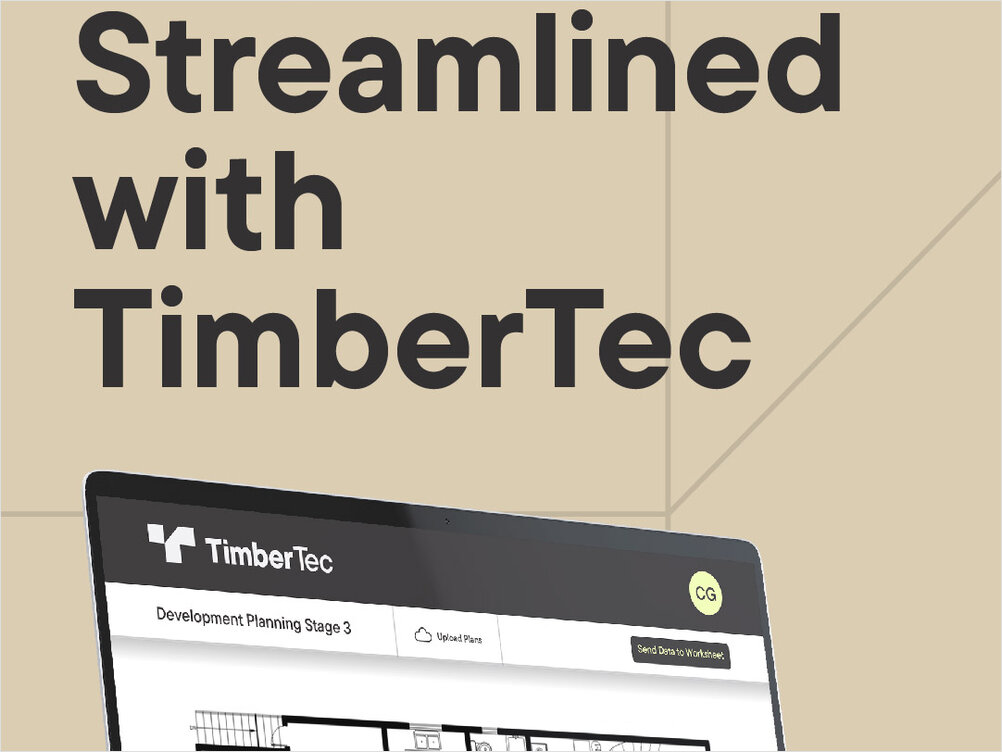How to Start a Carpentry Apprenticeship in Australia
Kicking Off Your Carpentry Career
Choosing a career in carpentry is more than just picking up a hammer — it’s joining one of the most rewarding and in-demand trades in Australia. Whether you’re fresh out of school or switching careers, starting an apprenticeship is your foot in the door. But knowing where to start and what to expect can be overwhelming.
This article breaks it down step by step — from how to land an apprenticeship, to learning practical skills like reading plans and creating accurate timber lists for framing. Whether you want to build homes, frames, decks, or even start your own building company one day, it all starts here.

What Is a Carpentry Apprenticeship?
A carpentry apprenticeship in Australia is typically a 4-year hands-on training program, combining on-the-job experience with off-site learning (usually at TAFE or a registered training organisation). You’ll work under a qualified carpenter or builder, learn the ropes, and gradually take on more responsibility as your skills grow.
Key Things You’ll Learn:
- How to read and interpret construction drawings
- Measuring, cutting, and assembling timber and steel structures
- Safe use of power tools and equipment
- Framing, roofing, flooring, formwork, and more
- Basic site preparation, layout, and building codes
By the end, you’ll earn a Certificate III in Carpentry (CPC30220) — the industry-standard qualification required to work as a carpenter in Australia.
Explore the carpentry skill set you’ll build
External: Carpentry Course Overview
Where to Start — Getting an Apprenticeship
You don’t need prior experience, but you do need the right attitude. Most employers look for people who are:
- Reliable and hard-working
- Willing to learn
- Physically fit
- Comfortable working outdoors and on their feet all day
How to Land an Apprenticeship:
- Apply through a Group Training Organisation (GTO): GTOs hire apprentices and place them with host employers. Try: MEGT, Ai Group, or Apprenticeship Support Australia
- Approach Builders Directly: Small building firms often take on apprentices. Put together a simple resume (even with just school experience), and knock on doors.
- Use Job Boards: Seek, Indeed, and Facebook groups like “Melbourne Chippies Chat” are great for apprentice job leads.
- Start a Pre-Apprenticeship Course: A short TAFE course (approx. 12 weeks) can help you stand out and give you basic skills before starting.
Check out TimberTec for tech tools apprentices can learn
What to Expect on the Job
Let’s be real: carpentry apprenticeships are tough at first. You’ll be:
- Up early (usually starting 7am or earlier)
- Working outdoors in all weather
- Doing physical labour (carrying, cleaning, assisting)
- Listening more than talking
- Absorbing a lot of info quickly
But stick it out and the rewards come. Within a year, you’ll go from sweeping floors to measuring and installing framing. By year four, you’ll be running sections of the job yourself.
Top Tips from Experienced Chippies:
- Show initiative (don’t wait to be told what to do)
- Keep your tools organised
- Ask questions, but listen first
- Use tech like TimberTec early — it gives you an edge
See how digital tools make young carpenters stand out
Step-by-Step – How to Create a Timber List for Framing
Learning how to read a plan and turn it into a timber list is one of the most useful skills you’ll develop. Here’s how to do it manually (and with new tech):
Step 1: Understand the Plans
Study the architectural and structural drawings — especially:
- Floor plans
- Elevations
- Framing layouts
- Sections
Step 2: Mark Out Framing Requirements
Highlight all walls and note down:
- Stud spacing (usually 450mm or 600mm)
- Wall lengths
- Door and window openings (these affect lintels and jacks)
Step 3: Calculate Quantities
Figure out how many:
- Studs (length ÷ spacing, plus 2 end studs)
- Load bearing beams and double studs,
- Plates (top and bottom for each wall, double top plate for structural walls)
- Lintels, noggins, and bracing
- Floor or roof framing if applicable
Step 4: Organise Your List
Group your materials by type, size, and length. Include quantities, applications, and delivery notes.
Step 5: Use TimberTec to Save Time
Instead of spending hours with a ruler and calculator, TimberTec allows you to upload your plans and automatically generate a full timber list within seconds — perfect for apprentices learning the process. Incorporating new technologies as part of your growing skillset will allow you to promote yourself as a well rounded carpenter.
See a sample timber list created with TimberTec

Questions & Answers
Q: How long does a carpentry apprenticeship take?
A: Most apprenticeships run for 4 years, combining full-time work and part-time study.
Q: Do I need my own tools as an apprentice?
A: Yes. Most employers expect you to bring your own basic hand tools by the end of your first few weeks.
Q: Can I learn tech like TimberTec as an apprentice?
A: Absolutely. It’s easy to use and a great way to show initiative. Knowing how to create timber lists digitally can set you apart on-site.Bottom of Form
The Future is in Your Hands
Being a carpenter isn’t just a job — it’s a skill set that lasts a lifetime. Whether you end up building homes, managing projects, or starting your own business, it all starts with your apprenticeship. The key is to stay open, stay hungry, and embrace tools that make the job smarter, faster, and more accurate.
Apprentices today have an advantage: you can learn the old-school way from experienced tradesmen and adopt cutting-edge digital tools to do things better. Learn both, and you’ll go far.